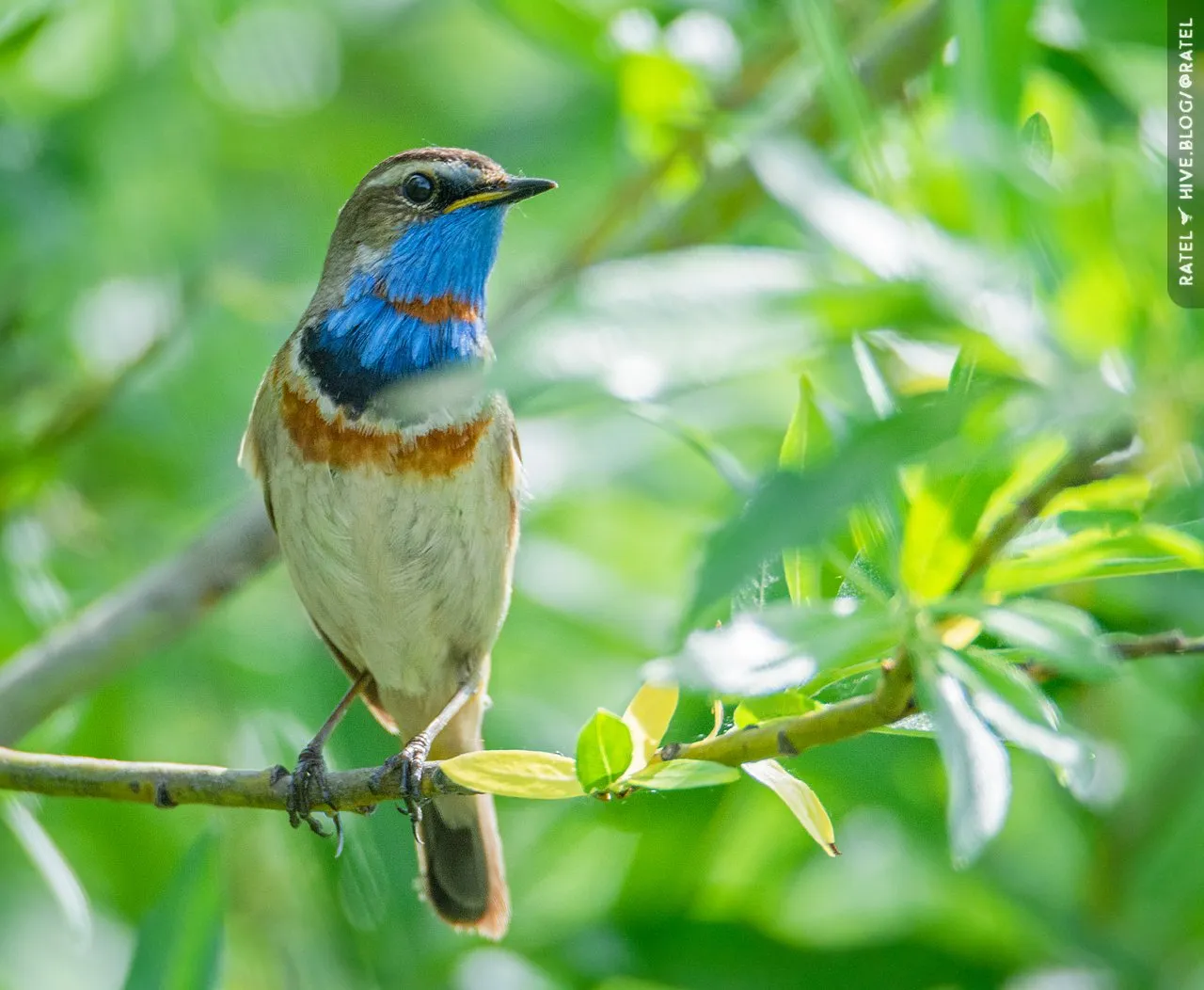
🦉 The bluethroat (Luscinia svecica)
📚 Luscinia (lat.) Nightingale
📚 svecica suecicus (lat.) Swedish; the name svecica, according to the history of the description, is not a toponym, but is given for the color of the male's chest:
Olof Rudbeck junior, Swedish botanist and birdwatcher, mentor to Carl Linnaeus,
having discovered the bluethroat in 1695 in Lapland, he gave it the name Avis Carolina in honor of the Swedish king Charles XI and the blue-yellow Swedish flag (in those days the yellow color on the flag was more reddish), and K. Linnaeus in 1758, when the absolute power of the monarchy in Sweden was no longer, considered the name svecica more correct than carolina (Jobling, 2010)

It's funny, but I have never seen this beautiful multi-colored nightingale in the forests. Yes, I met his closest relatives (Siberian rubythroat, thrush nightingale, Siberian blue robin), but never him.
And he came across to me only near water sources. Namely, near the coastal zone, where bushes grow either in meadows near the river, and also in flooded meadows in the steppe.

This wonderful singer perfectly parodies other birds, and therefore, when I meet him in the spring, I always stop and listen to his songs, thereby calculating from his song the voices of other birds that he heard in this territory.

| Camera | Lens |
|---|---|
| Nikon D5200 | Tamron SP AF 150-600mm f/5-6.3 Di VC USD |
